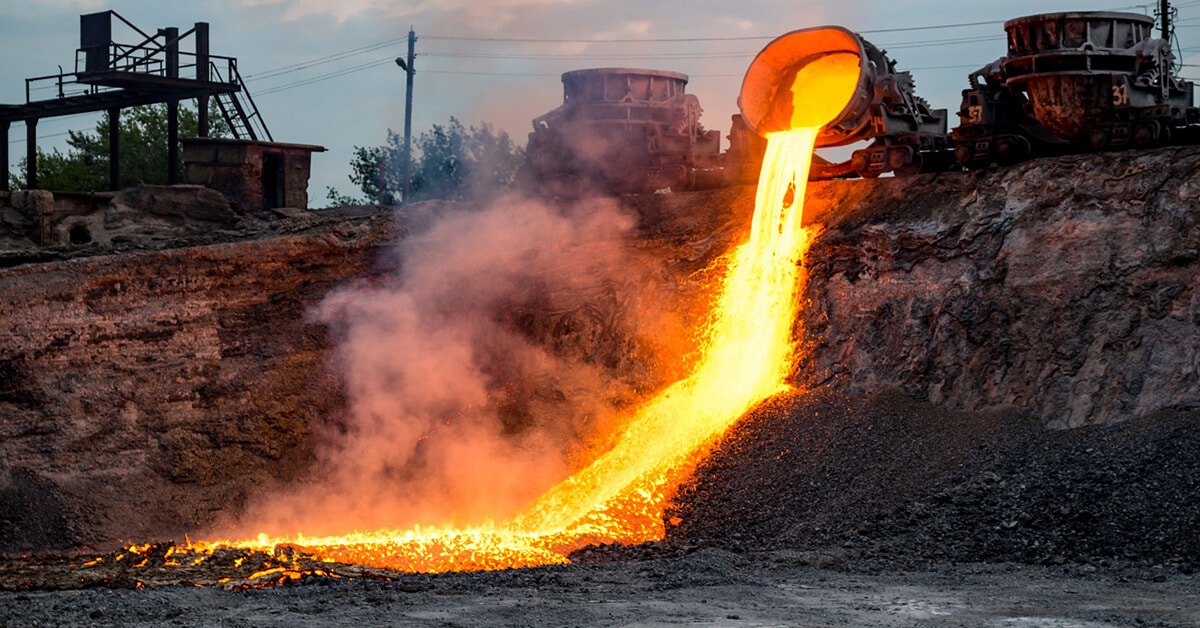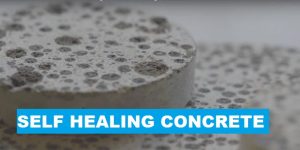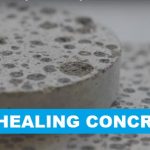The durability of concrete has been and will always remain as one of the most important factors in producing a concrete. Generally, durability may be defined as the ability of concrete to remain fully functional over an extended period under prevailing conditions for the purpose for which it was designed. However, the durability issue has been continuously remained as one of greatest challenging issue for the concrete manufacturer and users.
To overcome this problem, many researchers have done numerous types of research on the method and material used for concrete. During these intense research activities period; somewhere in early 19th century, it was discovered that the use of Ground Granulated Blast Furnace Slag (GGBFS) in concrete improves the durability of concrete in a number of ways that will be discussed in this section. These are basic durability related properties that is altered and/or improved by adding the GGBFS in concrete.
Decreased permeability in slag concrete
Permeability of concrete gives an indication of the ease with which fluids, gases, or vapours can enter and move through the concrete and it is therefore a good indicator of the quality of the concrete.
Higher permeability will make the concrete vulnerable to various type chemicals penetrating the concrete, which could make the steel reinforcement inside concrete to start corroding.
Using GGBFS in concrete can reduce the permeability of concrete. As the GGBFS content is increased, the permeability would decrease.
The pore structure of the cementitious matrix is also changed through the reaction of GGBFS with calcium hydroxide and alkalis released during the Ordinary Portland Cement (OPC) hydration.
Reduced bleeding
GGBFS are generally grounded to a higher fineness than Ordinary Portland Cement (OPC). Therefore, a given mass of GGBFS has a higher surface area than the corresponding OPC. Since the bleeding of concrete is governed by the ratio of the surface area of solids to the volume of water. Thus bleeding of GGBFS concrete would be lower than the OPC concrete.
Reduced Heat of hydration in Slag Concrete
The benefit of using GGBFS, as cementitious material is that it can reduce the early heat generation. In Europe, slags (GGBFS) has been used in massive concrete units (such as bridge girders, dams, and etc.), in order to overcome early-age thermal cracking due to heat of hydration.
This reduction is directly proportional to the amount of GGBFS used. Reduced heat of hydration can be expected when GGBFS are used to replace equal amount of Ordinary Portland Cement (OPC).
Alkali Silica Reaction
The use of GGBFS as cement substitution is also capable of reducing the potential expansion of concrete due to alkali-silica reaction. ASTM C 989 (Standard Specification for Slag Cement for Use in Concrete and Mortars) has mentioned that 40 percent or more GGBFS replacement will reduce the expansion due to alkali-silica reaction in concrete, even with OPC having alkali content up to 1.0%.
Furthermore, when GGBFS is used in the range of 40 to 65 percent of total cementitious material, the expansion is virtually could be eliminated. The expansion due to alkali silica reaction is an important factor in concrete durability studies, because it will lead to concrete cracking and spalling.
Sulphate resistance
Generally, replacing GGBFS in cement is found to improve the sulphate resistance of concrete where the GGBFS replacement was more than 50 percent. The use of GGBFS will decrease the C3A content of the cementing materials and this would decrease the permeability and calcium hydroxide content of the concrete.
It is learnt that the sulphate resistance is greatly dependent on the permeability of the concrete. It is, therefore, concrete with slag has been favourable when it comes to construction in or nearby marine environment.
Slag Concrete Improves the Corrosion resistance
During the early days, there was a considerable concern regarding the potential corrosion of steel in concrete. There has been continuous research on this area to overcome this problem associated with reinforced concrete.
Many investigations have shown that the use of GGBFS could eliminate the steel corrosion in concrete. Besides that, the slight reduction in the pH of pore solution does not have any negative impact on the passivity of reinforcing steel and the use of GGBFS also reduces concrete permeability.
Therefore, this has reduced the chloride penetration, which promotes the corrosion of steel.
Final Note
Due to so much of benefits of using slag (GGBFS) in concrete for durability improvement; the adaptation of this technology is now gaining tractions in many countries, especially in Malaysia.
One reason for its sudden popularity in Malaysia is due to the availability in abundance. This was one of the main reasons why initially it was not widely used in Malaysian construction industry.
In the beginning due to scarcity and single source monopolization it was such an expensive material to be used considered. The cost of GGBFS use to be close OPC price.
However, with many industry players started processing and manufacturing the GGBFS; the price has come down significantly and therefore, motivates the concrete industry players to start using it in almost every type of concrete products.
Another reason for this widespread use is due to governments push towards sustainable material. Not many people understand the durability improvement in concrete with slag. Most manufacturers use it for either financial savings or tax credit due green product.
Whatever the reason for using slag in concrete; the end product still will benefit from the enhanced durability properties.










